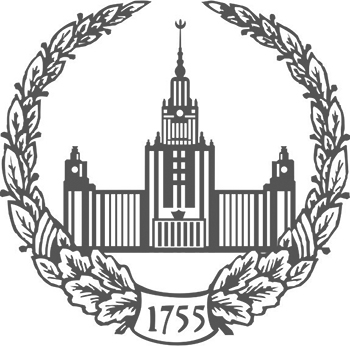Inna Igorevna Antonova
-
Soil geochemical characteristics of landscapes within the upper reaches of the Klyazma riverMoscow University Bulletin. Series 17. Soil science. 2025. N 3. p.89-106Lev G. Bogatyrev Inna Ig. Antonova Dmitry V. Ladonin Vasily An. Kuznetsov Natalia M. Schneider Anna I. Benediktova Mikhail M. Karpukhin Vladimir V. Deminread more218
-
The distribution patterns of microelements in soils along two soil-geochemical catenas within the "Chashnikovo" territory in Moscow Oblast were studied. The first catena, "Klyazma", is associated with the northeastern slope of the Klyazma River valley and includes eluvial, transit, transit-accumulative, and superaquatic landscapes. Within this catena, a carbonate double-sided biogeochemical barrier was diagnosed at the contact zone between the transit and transit-accumulative landscapes. A distinctive feature of this catena is the modern functioning of the superaquatic landscape in its post-hydromorphic stage of development. The type of this catena is heterolithic due to the transition from cover loams on moraine to alluvial deposits within its boundaries. The second catena, "Kirpichnoye Pole", consists of eluvial and a series of transit-accumulative landscapes with varying hydromorphism degrees. The eluvial landscape is located in the well-drained upper part slope of northeastern exposure. The second site within the transit-accumulative landscape is situated in the contact zone of the partially drained lower part of the slope, influenced by the gully "Krasnyy Voyn". The third and fourth sites of this landscape are characterized by increasing levels of hydromorphism. Throughout the entire length of the catena, soil formation occurs on cover loams underlain by moraine, which allows it to be classified as monolithic. The relevance of the study is determined by the fact that the typological differences between the catenas and the presence of a carbonate biogeochemical barrier in one of them allowed us to establish similarities and differences in element behavior under different conditions. Element behavior reflects general features common to soils within the southern taiga landscapes of Moscow Oblast. The distribution pattern of elements in soils is explained by soil-forming processes, past agricultural activities, bioaccumulation processes, and the influx of elements as pollutants due to the proximity of these landscapes to the M-10 highway ("Moscow-Saint Petersburg") and residential buildings. Texture-differentiated soils show correlations between silt fraction content and elements such as V, Cr, Fe, Ni, Cu, and As, while alluvial soils exhibit strong links between medium silt fraction and Mn, Fe, As, Mo, Cd and Hg. Within the studied catenas, the increase in hydromorphism leads to the accumulation of iron-manganese concretions in the soils. The carbonate barrier reduces the overall migration flow primarily of elements belonging to the iron family.Keywords: sod-podzolic; alluvial; soils; "Chashnikovo"; soil catena; trace elements; carbonate content; southern taiga
-



